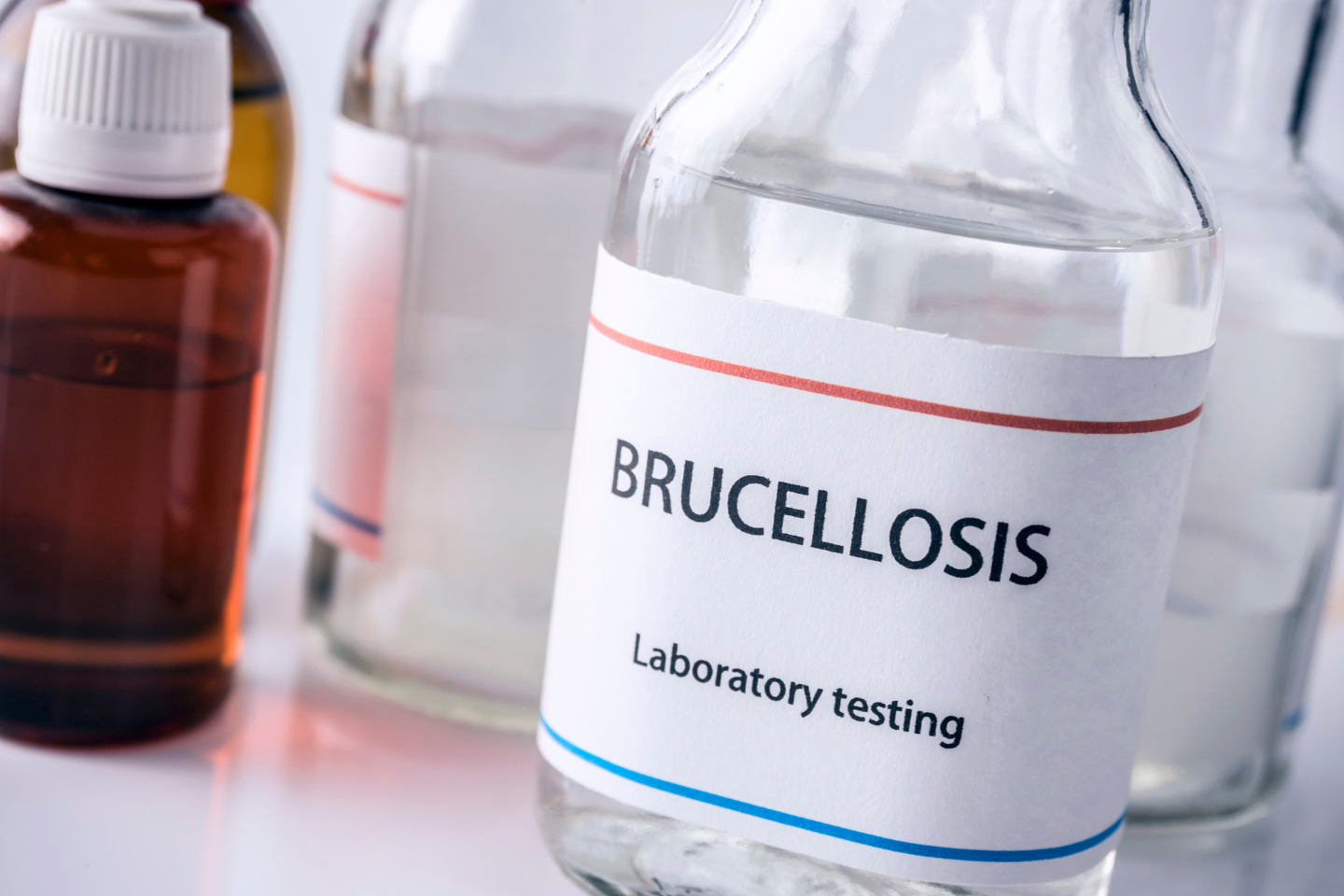In 2022, brucellosis vaccination coverage broke a record in Minas Gerais, reaching an unprecedented rate of 84.9%, which is equivalent to 1.9 million vaccinated cattle and buffalo calves in that period. This vaccination rate is the highest in the state since 2010.
The Instituto Mineiro de Agropecuária (IMA), an autonomous system linked to the Secretariat of Agriculture, Livestock and Supply (Seapa), supervises vaccination in the state according to the guidelines of the National Program for the Control and Eradication of Brucellosis and Tuberculosis in Animals (PNCEBT).
Brucellosis is one of the causes of economic losses in livestock, as it can cause abortions, decreased milk production and decreased weight gain in diseased animals. It is also a zoonotic disease, as a sick animal can be a source of infection for humans.
According to the country coordinator of PNCEBT at the IMA, veterinarian Luciana Oliveira, the effect of vaccination coverage above 80% is extremely important for disease control. “I am very happy that we have been able to achieve this result, as a way of embodying the efforts of all the staff who work daily in the sectoral offices and the regional coordination offices, committed to ensuring that producers are properly instructed on the importance of vaccinating their flocks against brucellosis,” he celebrated.
Herd immunity, a term widely used in recent years, also suitable for combating brucellosis, ensures a reduction in the number of females susceptible to the disease with a consequent decrease in the circulation of brucellosis-causing bacteria, providing indirect protection even for unvaccinated females.
To achieve this famous result, the involvement of IMA inspectors was essential. Numerous meetings, lectures, discussions were held, and guiding documents were prepared that dealt with the subject. In addition, we have unique initiatives of colleagues who, with deep knowledge of the realities of the area in which they work, have developed their own strategies so that vaccination against brucellosis in females is carried out in a greater number of properties every year, ”reports.
Producers’ understanding and involvement has increased over the years, a direct reflection of the health education activities that are carried out even during inspections by IMA staff. “Furthermore, due to the increasingly active participation of self-employed veterinarians and vaccinators, we have been able to encourage work in brucellosis vaccination in an increasingly responsible and efficient manner, increasing the number of producers served,” he argues.
For 2023, the goal is to increase not only the number of females vaccinated against brucellosis in the state, but also the number of properties vaccinated against brucellosis in two semesters of the year. “For this purpose, we are improving the functionality of Sidagro, the computerized system of the IMA, and are already considering the inclusion of registered veterinarians and vaccinators to speed up data generation and increase traceability and reliability in the implementation of vaccination, from obtaining vaccinations to issuing brucellosis vaccination certificates and declaring them to the Institute of Brucellosis Medicine “IMA”.
Vaccination in 2023 Producers in Minas Gerais who have female cattle and buffalo in their herds between the ages of 3 and 8 months have until 6/30 to vaccinate their cows against brucellosis. This measure is mandatory and must be adhered to every year, every semester.
The IMA assures that vaccination certificates are delivered to the departmental offices of the institute, since it is from this information that the agency will know that the producer has vaccinated his animals.
Vaccination against brucellosis should be routine on all farms, regardless of production characteristics. Whether on dairy or beef farms, all calves must be vaccinated to protect against disease “, details Luciana Oliveira.
Because calves are vaccinated using a live attenuated vaccine, Oliveira explains, the activity can only be carried out by a PNCEBT-registered veterinarian or by a vaccinator under his responsibility.
IMG 20230331 WA0064 Two types of vaccine, B19 and RB51, have been approved for use. The difference between the two is that vaccine antibodies do not interfere with the diagnosis of brucellosis when RB51 is used. Females vaccinated with B19 must be marked on the left side of the face with the last digit of the year of vaccination. In this case, number 3.
Purchasing a brucellosis vaccine is only permitted upon presentation of the prescription issued by a PNCEBT-registered veterinarian, which is kept at the commercial establishment. The vaccine obtained must be kept between two and eight degrees Celsius from the moment of purchase until the females are vaccinated.
Declaration – Declaration of vaccination against brucellosis is mandatory in accordance with the legislation. At the end of each semester the producer has until the 10th of the following month to hand in the certificates, i.e. the vaccinations made in the first semester must prove to the IMA by the 10th of July.
The IMA recommends that brucellosis vaccination certificates be immediately handed in (or sent by e-mail) to the department office after vaccination. Vaccination certificate forms are available to veterinarians on the IMA website.
A producer who fails to vaccinate against can be fined 25 Ufemgs, which is equivalent to R$125.9/calf, based on the number of females from 0 to 12 months from the last declaration submitted to the IMA.
A product that fails to declare brucellosis vaccination to IMA is subject to a fine of 5 Ufemgs or R$25.18/calf.
Source: Instituto Mineiro de Agropecuária.

“Wannabe internet buff. Future teen idol. Hardcore zombie guru. Gamer. Avid creator. Entrepreneur. Bacon ninja.”

